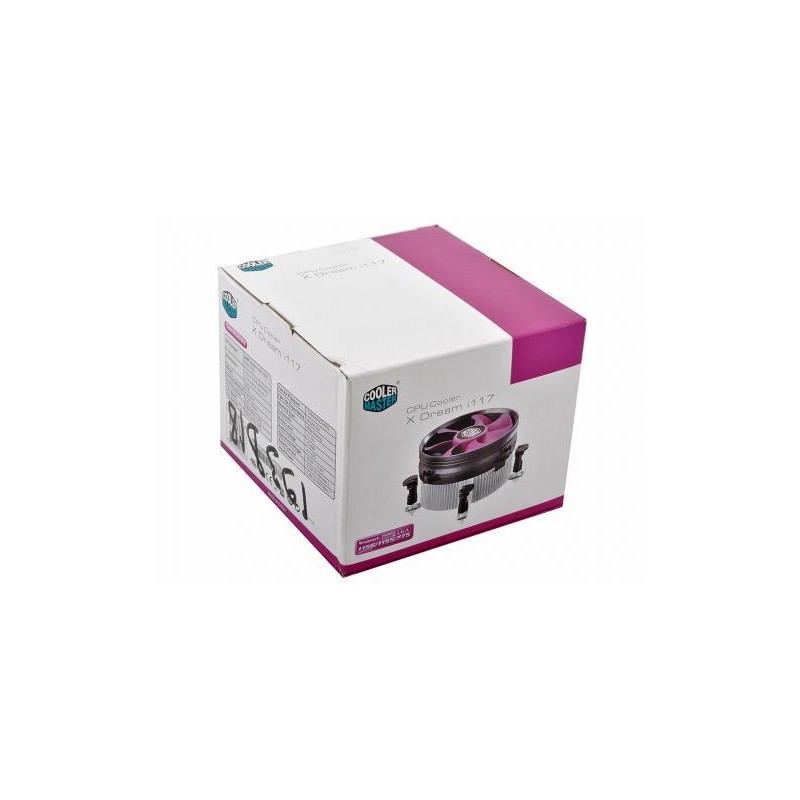

Not only does it not return the number of elements copied, it throws IndexOutOfBoundsException if the destination array is too short. 0:00 / 14:37 Tih i efektivan kuler Cooler Master X Dream i117 unboxing, review & recenzija Covija 1.32K subscribers Subscribe 51 8.1K views 6 years ago Ljudi ako vam se svidja video obavezno. But what if the array is too small? Well, maybe throw an exception. The array doesn't need to be returned, because the caller already has a reference to it. its doing the job fine actually and have no.

The caller passes in an array, which is reused, and the return value is the number of elements copied into it. Im currently running the intel stock cpu cooler that came with my i7 4790. OK, let's have an API that looks like this: int toArray(T a) Unlike the no-arg toArray() method, which returns an array of the right size, if the caller's array is re-used, we need to a way to return the number of elements copied. The caller wants to re-use an array, so it clearly needs to be passed in. Handling case (1) turns out to be a fairly subtle API problem. Condicion Nuevo EAN 4719512030394 Añadir al carrito. That's useful, but it doesn't satisfy a couple other use cases:ġ) The caller wants to re-use an existing array, if possible andĢ) The caller wants to specify the component type of the returned array. Inicio > Componentes > Refrigeración > Disipadores > Cooler Master X Dream i117 Vista grande. That is, the component type of the returned array is always Object.

This takes the elements from the collection and returns them in an Object. The T toArray(T a) method on Collection is weird, because it's trying to fulfill two purposes at once.įirst, let's look at toArray(). So it clears the last element from the array, but why it would not do that in the first example?


 0 kommentar(er)
0 kommentar(er)
